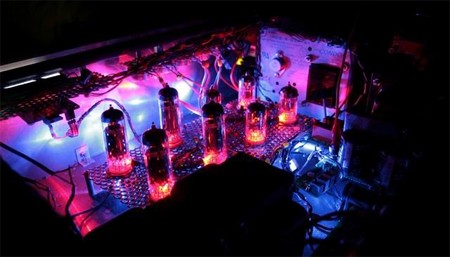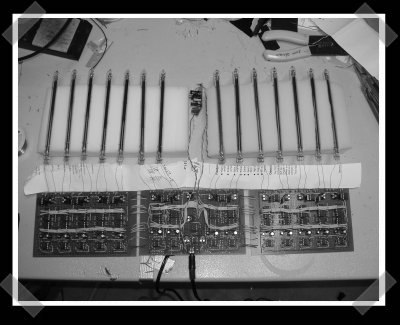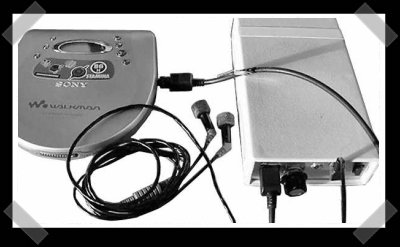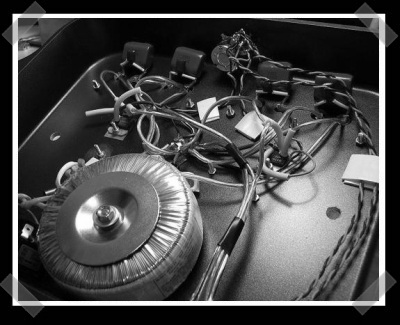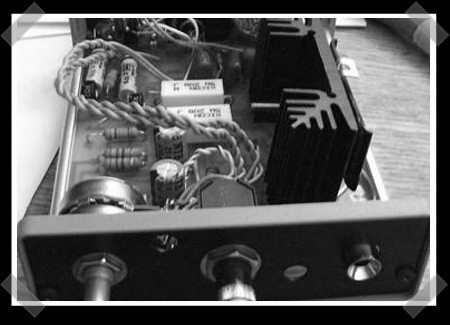
[Rogers Gomez] has posted up this hybrid tube based headphone amplifier over at DIY Audio. Being a fan of tube amplifiers, but wanting something with lower voltage and lower cost, he put together this little system out of spare parts he had lying around. He wanted it to have as few parts as possible and be able to power his 32 ohm Grado headphones.
He states that he’d built several YAHA amps, and a Szekeres Mosfet follower and was curious how they’d sound together. He was pleasantly surprised with the resulting quality.
There are less than 30 individual components involved in the project. The complete parts list and schematics are available from the site. He notes at the very end, to unplug your headphones when powering up as there is a surge that could damage them. That might be good to know at the beginning just in case you get eager to test it out.
[Thanks, Gio]

